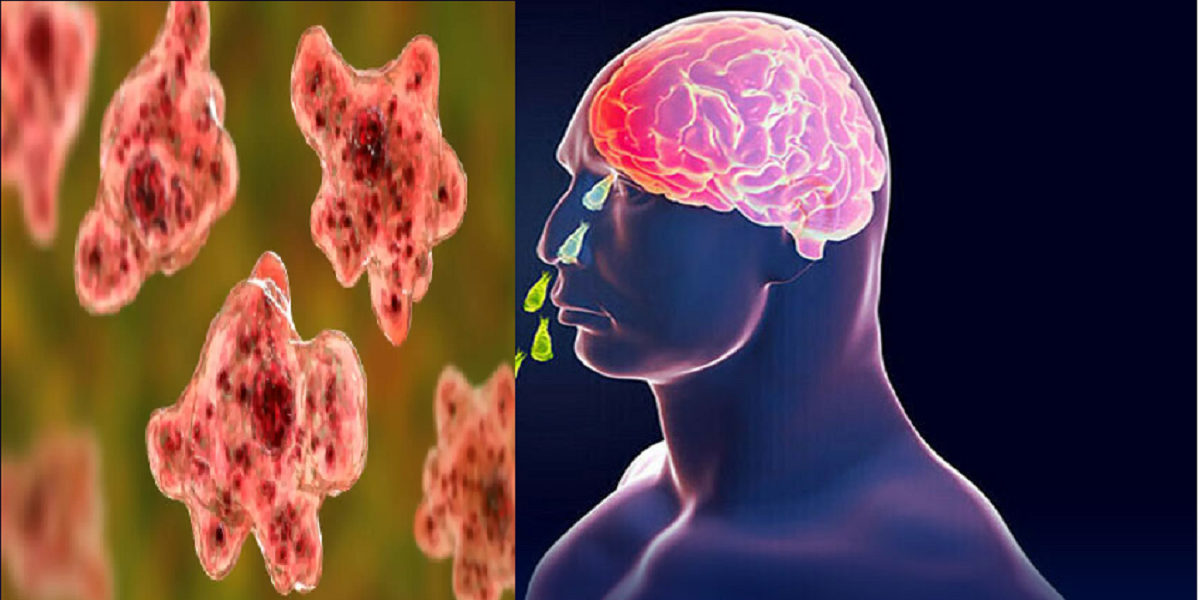Any patient presenting with the symptoms of acute meningitis should be asked about nasal exposure to fresh water in the past 14 days.
Published Jul 22, 2024 | 8:00 AM ⚊ Updated Jul 22, 2024 | 4:56 PM

In a pioneering move, Kerala has released comprehensive “Technical Guidelines on Prevention, Diagnosis, and Treatment of Amoebic Meningoencephalitis” to ensure effective control and management of the deadly disease.The rare brain infection is caused by a free-living amoeba found in contaminated waters.
Here are the key Standard Operating Procedures (SOPs) recommended by the state government to manage it:
Any patient presenting with the symptoms of acute meningitis should be asked about nasal exposure to fresh water in the past 14 days. This step is crucial for early identification and prompt intervention.
For patients with a recent history of nasal exposure to fresh water, Cerebrospinal Fluid (CSF) specimen should be rapidly tested for N. fowleri/FLA. Microbiologists should be immediately alerted about clinical suspicions before sending the CSF sample to ensure timely and accurate testing.
In cases where bacterial meningitis patients do not respond to antibiotics or deteriorate rapidly, Primary Amoebic Meningoencephalitis (PAM) should be considered, even without fresh water exposure. This measure is vital for diagnosing atypical cases where standard treatments are ineffective.
Wet mount examination of all turbid or opalescent CSF samples is mandatory as it helps in the early detection of PAM, facilitating prompt treatment. It refers to a specific type of microscopic examination of a CSF sample that appears cloudy or has a milky or opalescent appearance.
PAM cases confirmed through CSF microscopy should immediately receive the recommended multi-drug regimen and supportive therapy to lower intracranial pressure. Immediate initiation of treatment is critical to improving patient outcomes.
Confirmed PAM cases must be reported to the District Surveillance Officer (DSO), with CSF samples sent for PCR and genome sequencing if necessary. This ensures comprehensive tracking and understanding of the disease at a genetic level.
Treatment of PAM should involve a multi-disciplinary team, including Physicians, Pediatricians, Intensivists, Infectious Disease Specialists, Neurologists, and Microbiologists. Collaborative care ensures that patients receive comprehensive and specialised treatment.
Decisions regarding the use of advanced treatments like intrathecal amphotericin B, immunomodulators, therapeutic hypothermia, and pentobarbital protocol should be made by the Institutional Medical Board. This approach ensures that complex treatment decisions are made by a team of experts.
Kerala’s initiative marks a significant step forward in the fight against the brain-eating amoeba, setting a model for other regions to follow.
(Edited by Neena)
